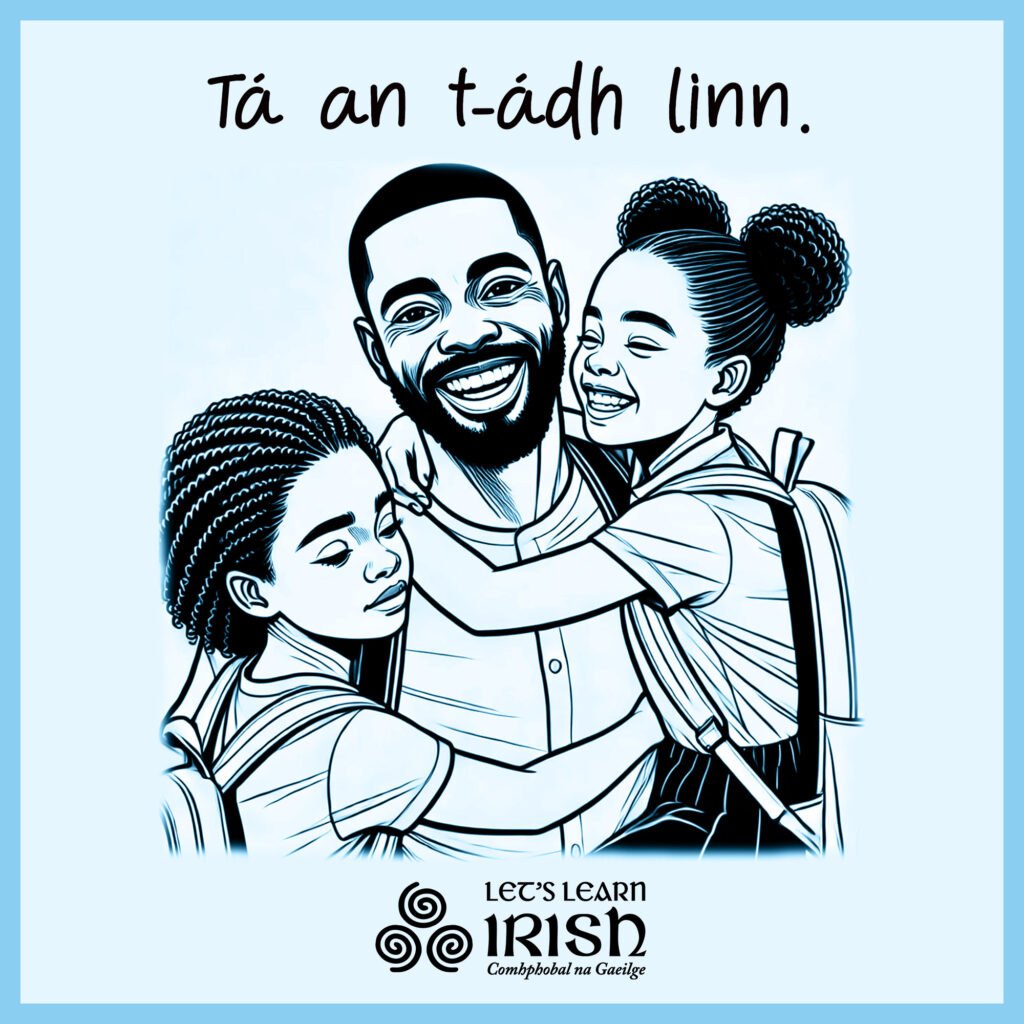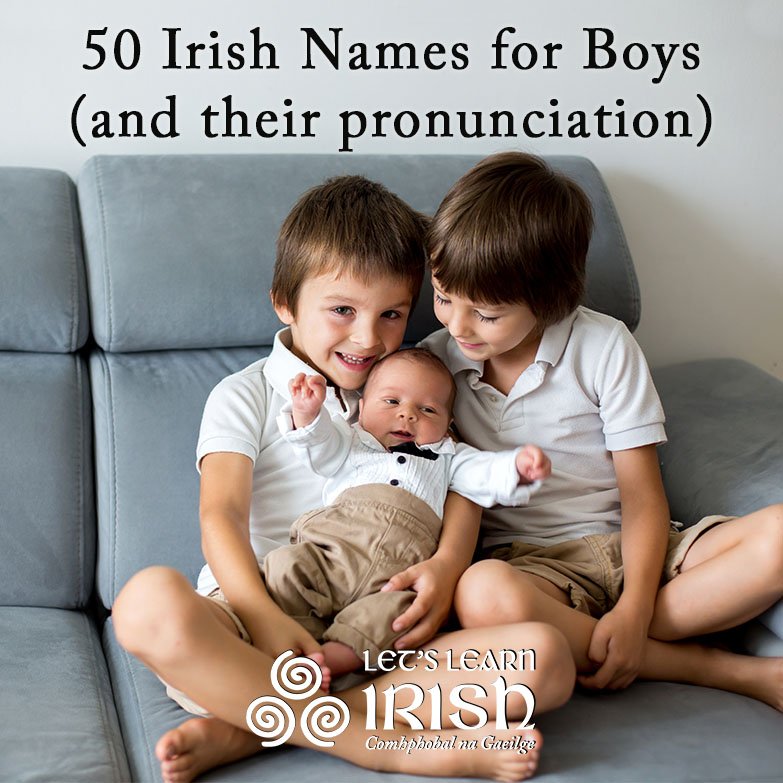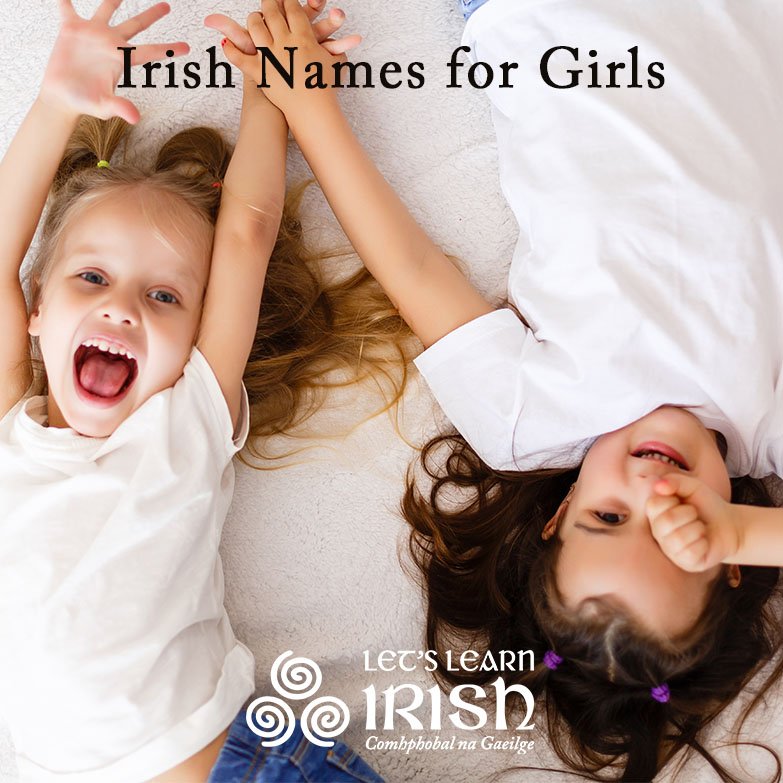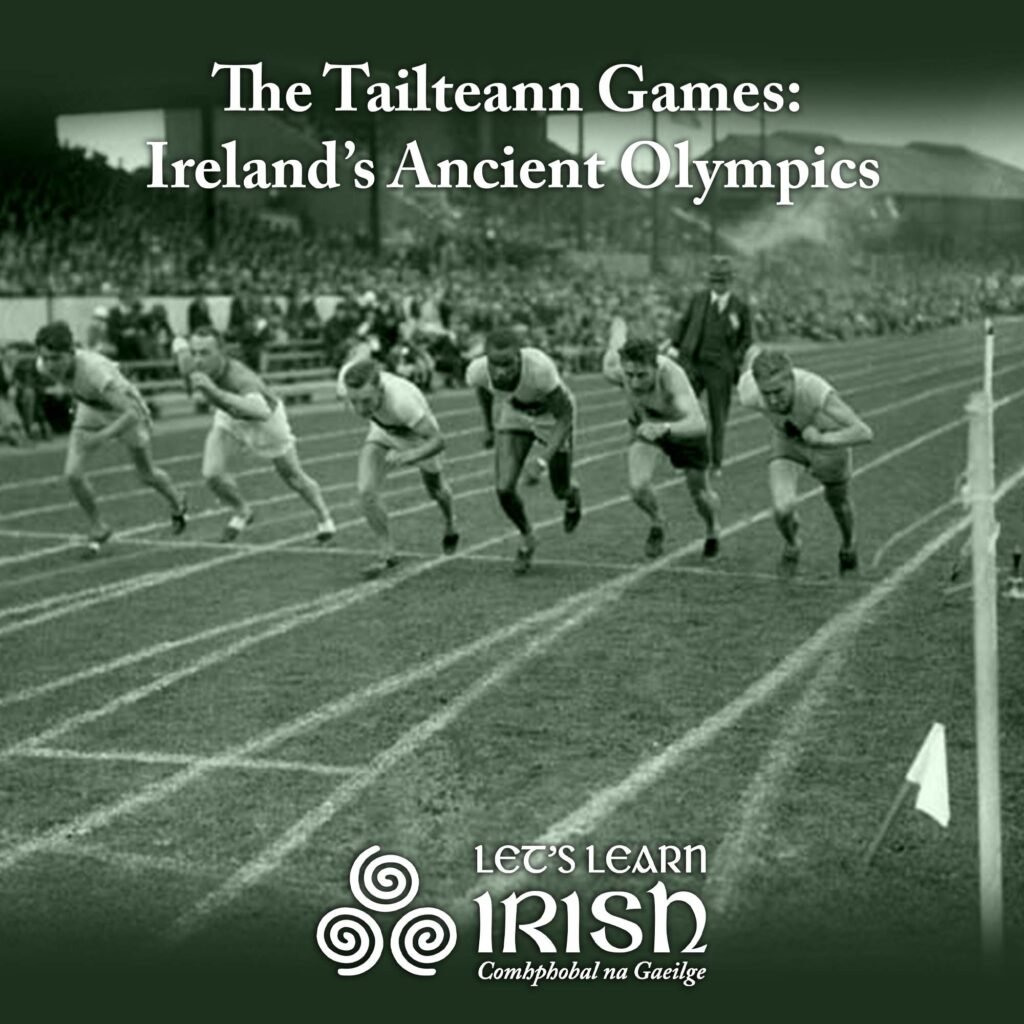The Festival of Lúnasa
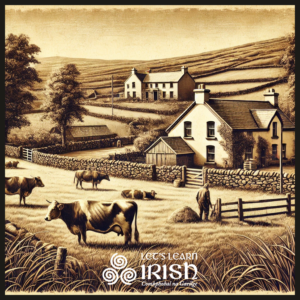 Ceann de cheithre mhórfhéile na bliana ab ea Lúnasa – féile thús an fhómhair – chomh maith le hImbolc, Bealtaine agus Samhain. Seo an uair a bhaintí barra na bliana – arbhar, fataí agus féar den chuid is mó. Bhí nósanna daingne ann nár chóir fataí ná arbhar a bhaint roimh Lá Lúnasa.
Ceann de cheithre mhórfhéile na bliana ab ea Lúnasa – féile thús an fhómhair – chomh maith le hImbolc, Bealtaine agus Samhain. Seo an uair a bhaintí barra na bliana – arbhar, fataí agus féar den chuid is mó. Bhí nósanna daingne ann nár chóir fataí ná arbhar a bhaint roimh Lá Lúnasa.
Lúnasa (also known as Lughnasadh or Lughnasa) is one of the four major festivals of the year in Ireland, alongside Imbolc, Bealtaine and Samhain. This annual festival and marks the beginning of autumn, when the year’s crops are harvested – mainly corn, potatoes and hay. Traditionally, the custom was that wheat and corn were not be harvested before August Day.
Lugh, a God of the Tuatha Dé Danann
 Lughnasadh, meaning the ‘Assembly of Lugh’ signifies the beginning of the harvest season, and gives its name to Lúnasa, the contemporary Irish word for August. Lúnasa is traditionally observed on August 1st, or, if you want to celebrate when the ancient Celts probably did, on the day of the full moon next to this date.
Lughnasadh, meaning the ‘Assembly of Lugh’ signifies the beginning of the harvest season, and gives its name to Lúnasa, the contemporary Irish word for August. Lúnasa is traditionally observed on August 1st, or, if you want to celebrate when the ancient Celts probably did, on the day of the full moon next to this date.
The festival is named after Lugh, a god in Irish mythology and one of the chief gods of the Tuatha Dé Danann. Lugh is associated with light, skills, craftsmanship and the arts. According to mythology, Lugh established the festival to honour his foster mother, Tailtiu, who died of exhaustion after clearing the plains of Ireland for agriculture. Thus, the first games were held where Tailtiu was buried on the banks of the River Blackwater before it joins the River Boyne. Lugh is said to have met his mortal end on the Hill of Uisneach, by drowning in the lake which bears his name, Lough Lugh.
The original festivities, known as the Aonach Tailteann, involved games, music, trading and matchmaking, somewhat akin to the ancient Olympic Games. In pre-Christian times, the festival was celebrated with gatherings at significant places like hilltops and sacred sites, and one of the most notable sites for such gatherings was the Hill of Tara, the seat of the High King of Ireland.
Traditional Festivities at Lúnasa
As Lúnasa marked the beginning of the grain harvest, people would gather to share the first fruits, enjoy music and storytelling and make offerings to the gods. Lúnasa has always been a time of celebration, and traditional festivities could last for days or even weeks. Traditionally, there was always a fair, and the oldest and most well-known one still celebrated is at Killorglin, in County Kerry, where a wild Puck goat is crowned and reigns above the crowds.
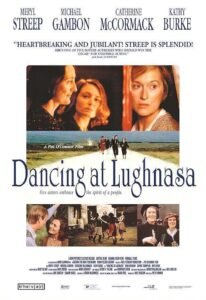 In County Donegal, the Festival of Lughnasa in the small town of Glenties takes place every August. The town is closely associated with the playwright Brian Friel, who wrote the award-winning play ‘Dancing at Lughnasa’ and the acclaimed movie, starring Meryl Streep. The festival celebrates this connection with performances of the play, as well as guided tours, drama workshops, storytelling, music and a traditional céilí (communal dancing) at the crossroads.
In County Donegal, the Festival of Lughnasa in the small town of Glenties takes place every August. The town is closely associated with the playwright Brian Friel, who wrote the award-winning play ‘Dancing at Lughnasa’ and the acclaimed movie, starring Meryl Streep. The festival celebrates this connection with performances of the play, as well as guided tours, drama workshops, storytelling, music and a traditional céilí (communal dancing) at the crossroads.
The Féile Lúghnasa in Cloghane and Brandon, on the Dingle Peninsula in County Kerry, is also a popular event. This festival features music, children’s activities, theatre and traditional events, such as sheep shearing, the blessing of the boats and a pilgrimage to the summit of Mount Brandon.
The Significance of Lúnasa
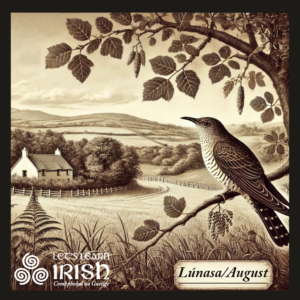 Lúnasa, with its focus on community, heritage, and gratitude for the harvest, underscores several themes central to Irish culture, including the importance of agricultural cycles, the value of history and tradition, and the strength of community ties. As one of the key seasonal festivals, Lúnasa helps maintain a link to Ireland’s Celtic past, providing us with a real sense of identity and continuity. The festival is a reminder of the rhythms of nature and how they are woven into the fabric of human life. In celebrating Lúnasa, we honour not only honour our ancestors, but also celebrate the enduring vibrancy of their culture in the modern world.
Lúnasa, with its focus on community, heritage, and gratitude for the harvest, underscores several themes central to Irish culture, including the importance of agricultural cycles, the value of history and tradition, and the strength of community ties. As one of the key seasonal festivals, Lúnasa helps maintain a link to Ireland’s Celtic past, providing us with a real sense of identity and continuity. The festival is a reminder of the rhythms of nature and how they are woven into the fabric of human life. In celebrating Lúnasa, we honour not only honour our ancestors, but also celebrate the enduring vibrancy of their culture in the modern world.
Bígí páirteach!
Join the online Irish community at LetsLearnIrish.com.
Follow on social media @LetsLearnIrish.


